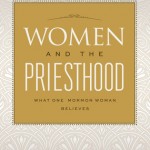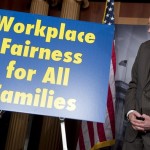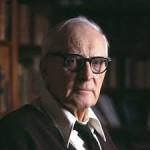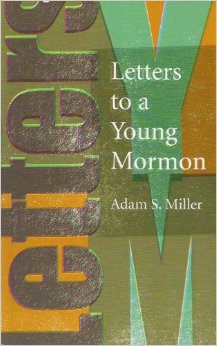In light of recent discussions here at Approaching Justice and other places about female ordination, I wanted to take a step back and look at how the Mormon practice of priesthood is unique and interesting, apart from recent debates.
In many ways, the LDS priesthood can be viewed as a symbol of hierarchy. However, I think this is a mistaken view. While the church organization is hierarchical, the priesthood itself is inherently egalitarian and universal.
On a recent Sunday, during our sacrament service, the meeting was presided over by the stake president, one of his counselors, the bishop, and his two counselors. This is an element of hierarchy. However, I think we can overstate this. 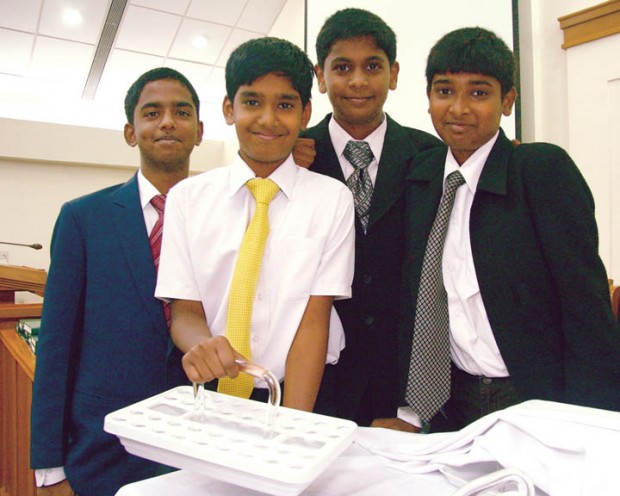
The bishop is the communications director for a nearby city government. One of his counselors is an attorney and the other is a high school science teacher. Their church assignment is not one that gives them power, instead they get additionally responsibilities and considerable demands on their time.
Some might argue that local leaders have power because they get to decide who receives welfare assistance and who is authorized to enter LDS temples. This is a form of power, but a very minor one in the big picture. They cannot take away your car, house, or job. They have very limited power when it comes to the use of Church funds.
This applies differently in the case of employees of and students at Church institutions. However, this is a condition the employees and students at BYU are well aware of. It may well be a reason to not teach or study at such institutions.
Outside of the BYU context, your local leaders are not any different than other neighbors. You will like some better than others. You will relate to some better than others. They only have the power to impact your life (positively or negatively) to the extent that you let them.
The sacrament ordinance that Sunday was prepared by a software designer and an eighth-grader. Together, they placed the sheets on the table and placed the cups of water and slices of bread in their proper places.
The bread and water was blessed by the same software designer and an unemployed teacher/blogger/graduate student. The same emblems were passed to the congregation by 5 boys (one twelve year old and four thirteen year olds) and 2 adults (one has Downs Syndrome and the other with a developmental disability).
That EVERY male can participate in the priesthood is in itself radical, or at very least radically different. When we talk about ordination, we are talking about something very different than ordination in the Episcopal Church or the Catholic Church. Ordination applies within other religions very differently. It applies only to a small segment of the religious community, specifically the leadership.
All males have the priesthood if they are at least twelve years old, attend church and adhere to basic practices of the Church. One is likely to never have a prominent leadership responsibility and might not have a calling at all at times (in the LDS Church, most practicing Mormons have some sort of voluntary assignment or calling within their congregation).
To be ordained to the Catholic priesthood, one must graduate from seminary. Likewise, ordination in most mainline churches requires a three year master’s degree from a seminary, theology school, or divinity school. Other churches often have a lay clergy along with a professional clergy. While the LDS Church has primarily a lay clergy, I think there are pros and cons that come with having a lay clergy. However, a professional clergy model comes with it’s own very complex set of pros and cons.
While certain priesthood titles, high priest in particular, are specifically associated with leadership positions, it is only to a certain extent. One will be made high priest if one is called to a position that requires one to be a high priest (like a Bishop over a local congregation). However, some are called to be high priests because of age or overall fit with the generally older group of high priests.
Mormon priesthood, by and large, requires one to show up, believe, and participate.
Other Christian traditions deny the need for any institutional priesthood at all. Instead, they believe in a priesthood of believers. In some ways, the Mormon approach falls in between these two approaches. Any male can hold the priesthood. They are not just eligible, they are part of the priesthood by being part of the religious community.
While it is an institutional priesthood, it is at the same time a priesthood of believers.

